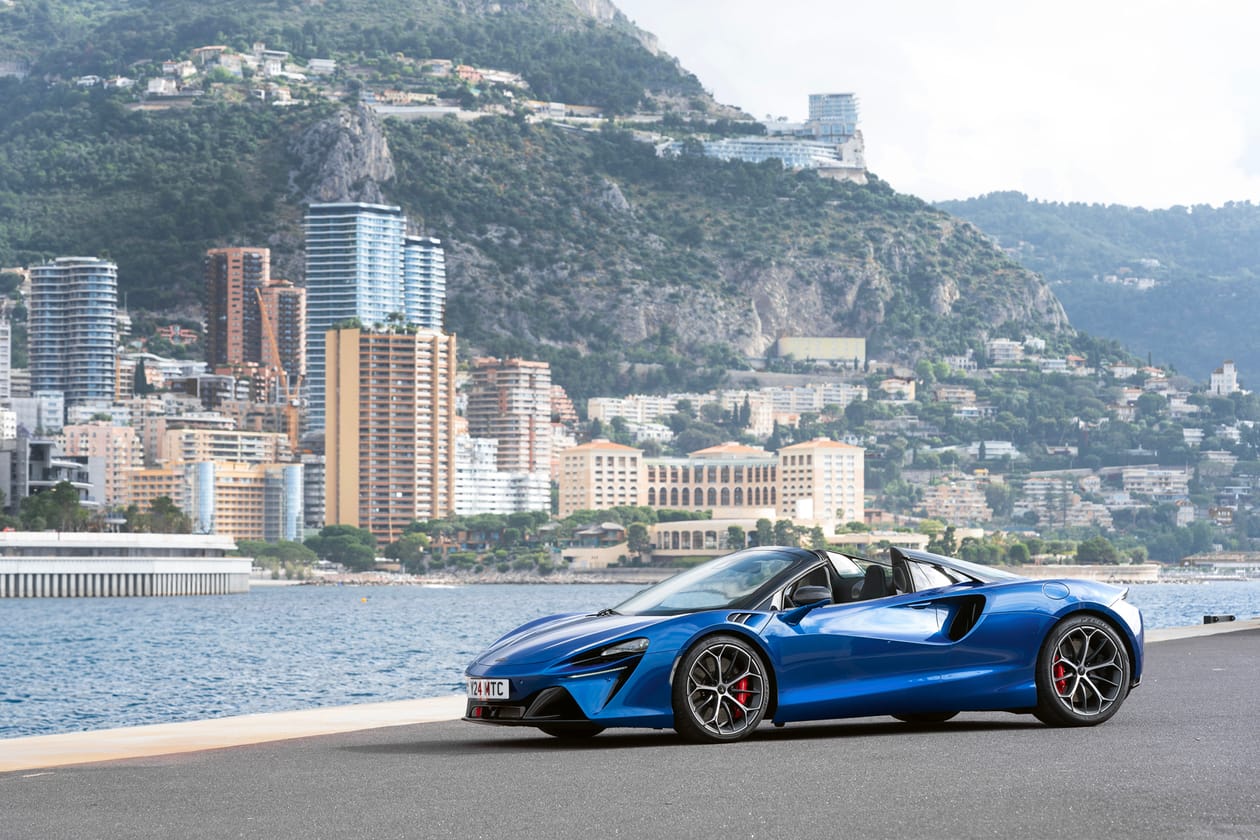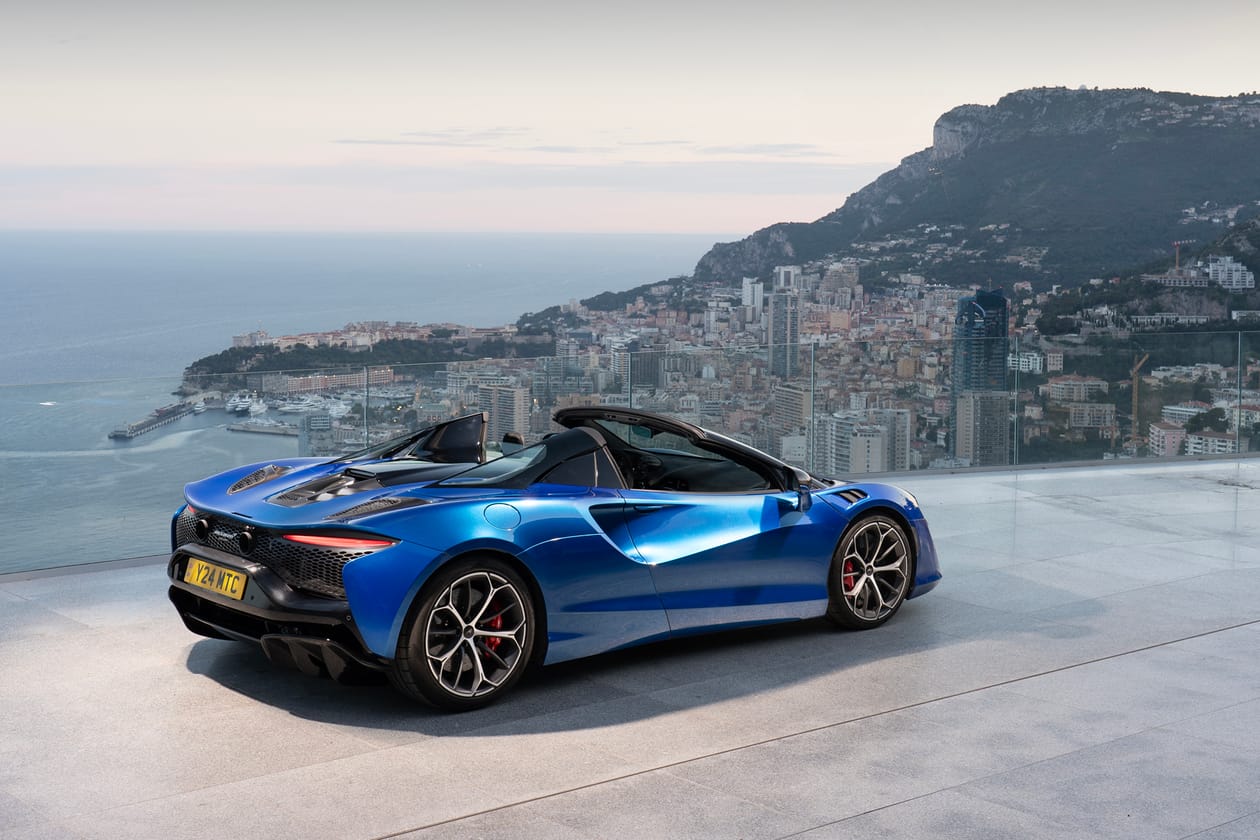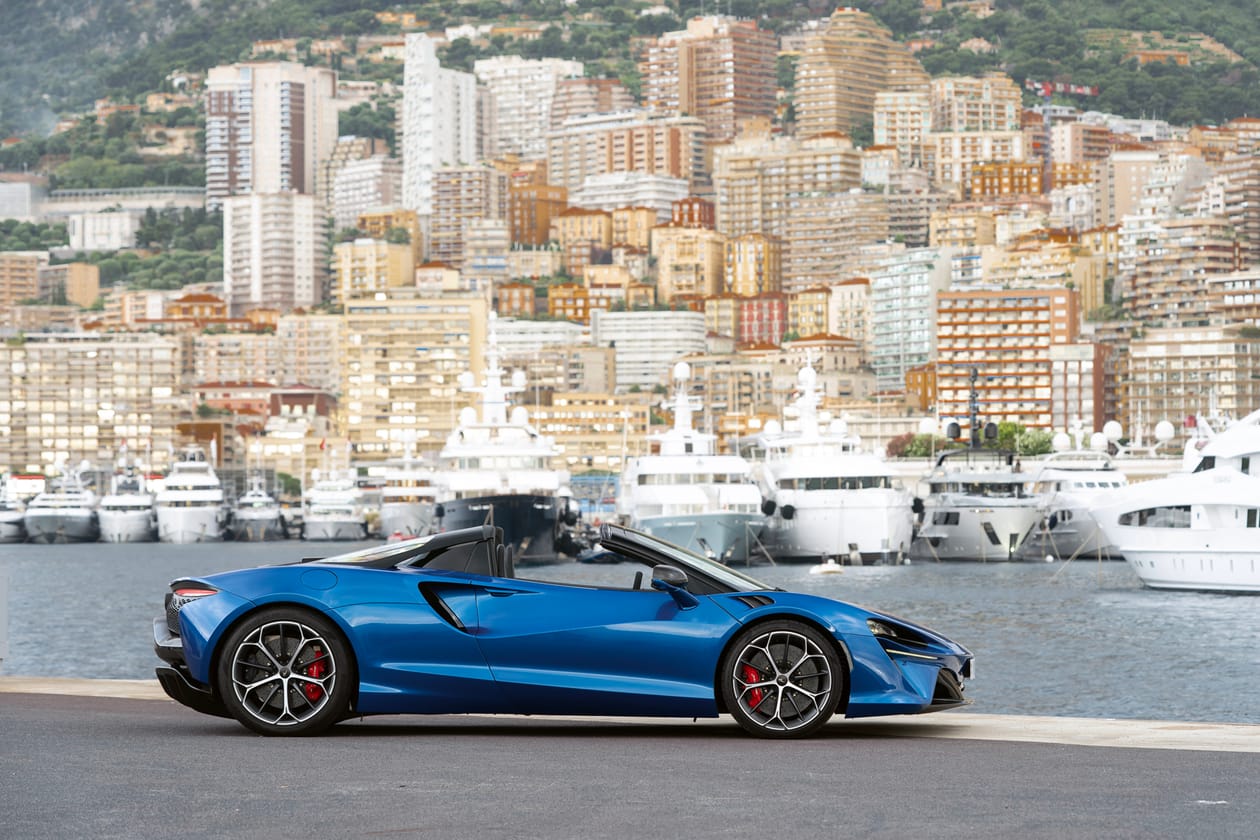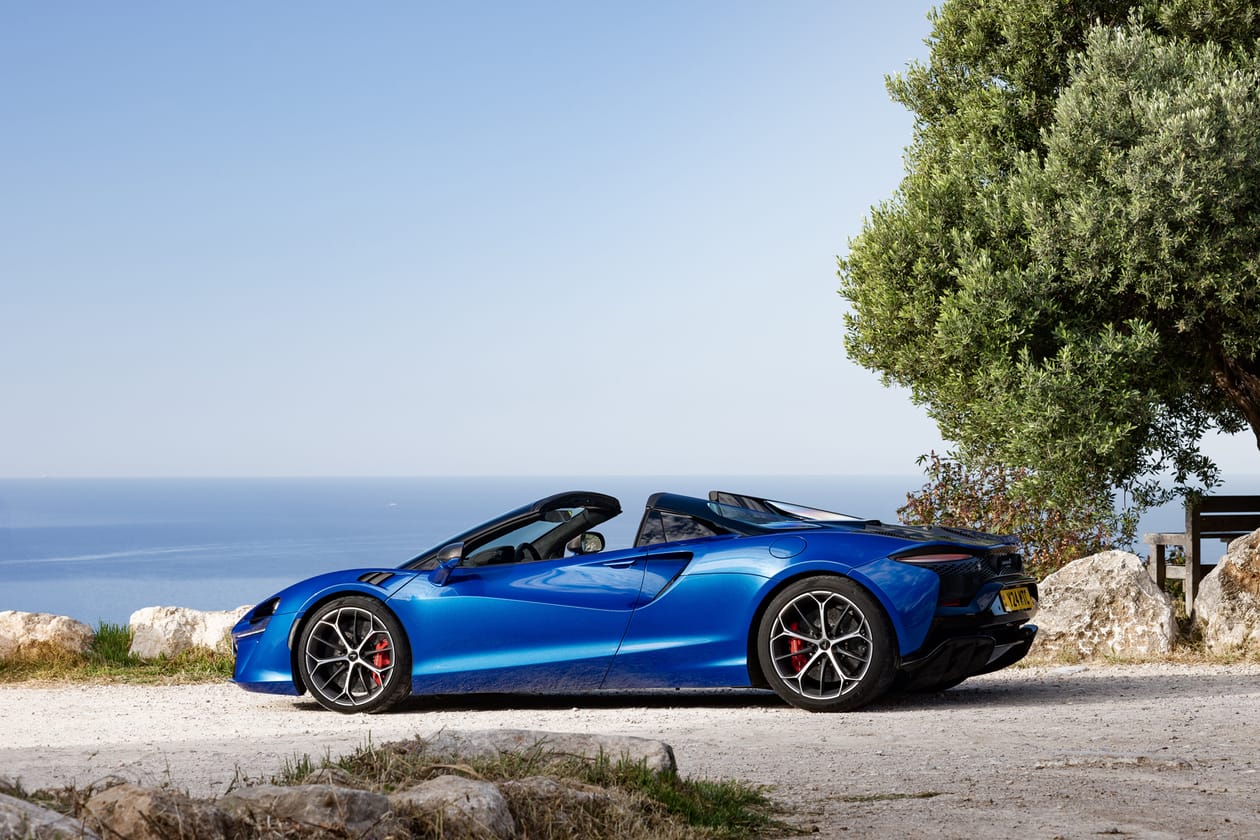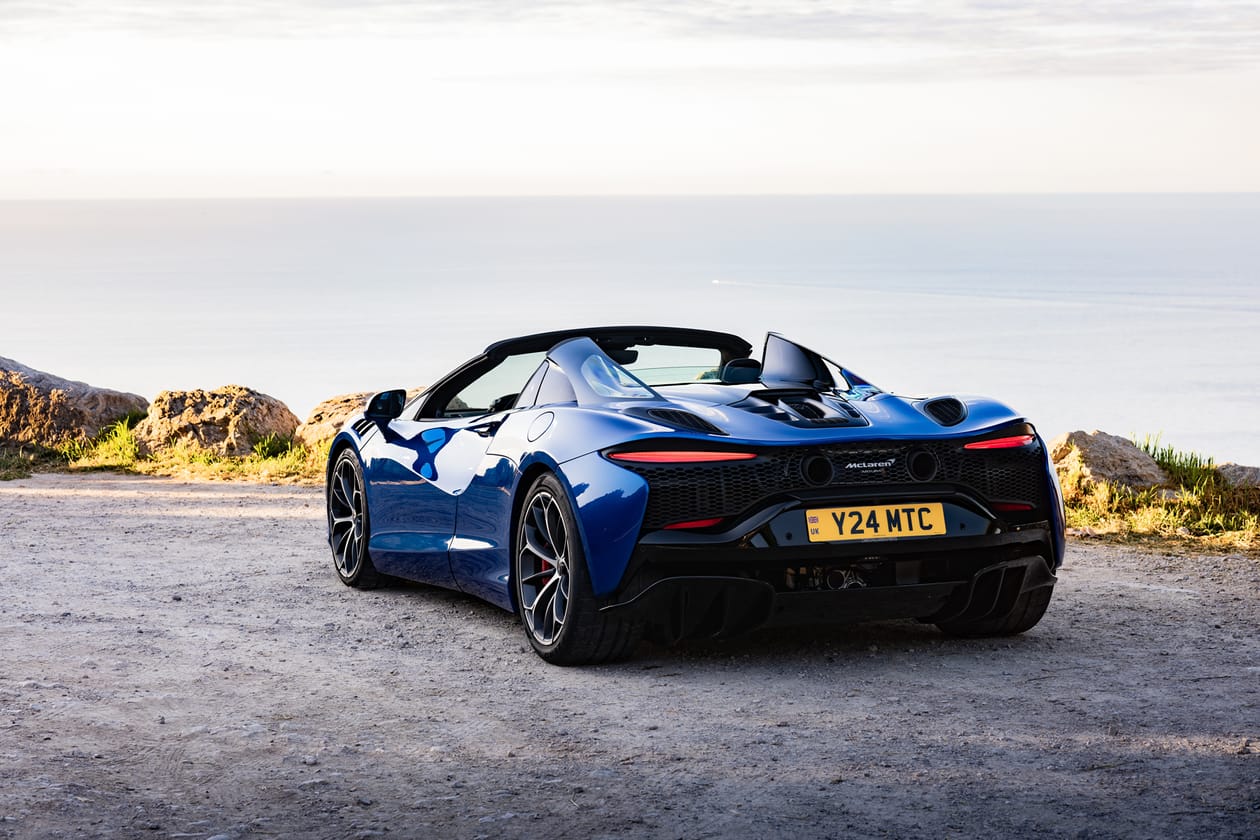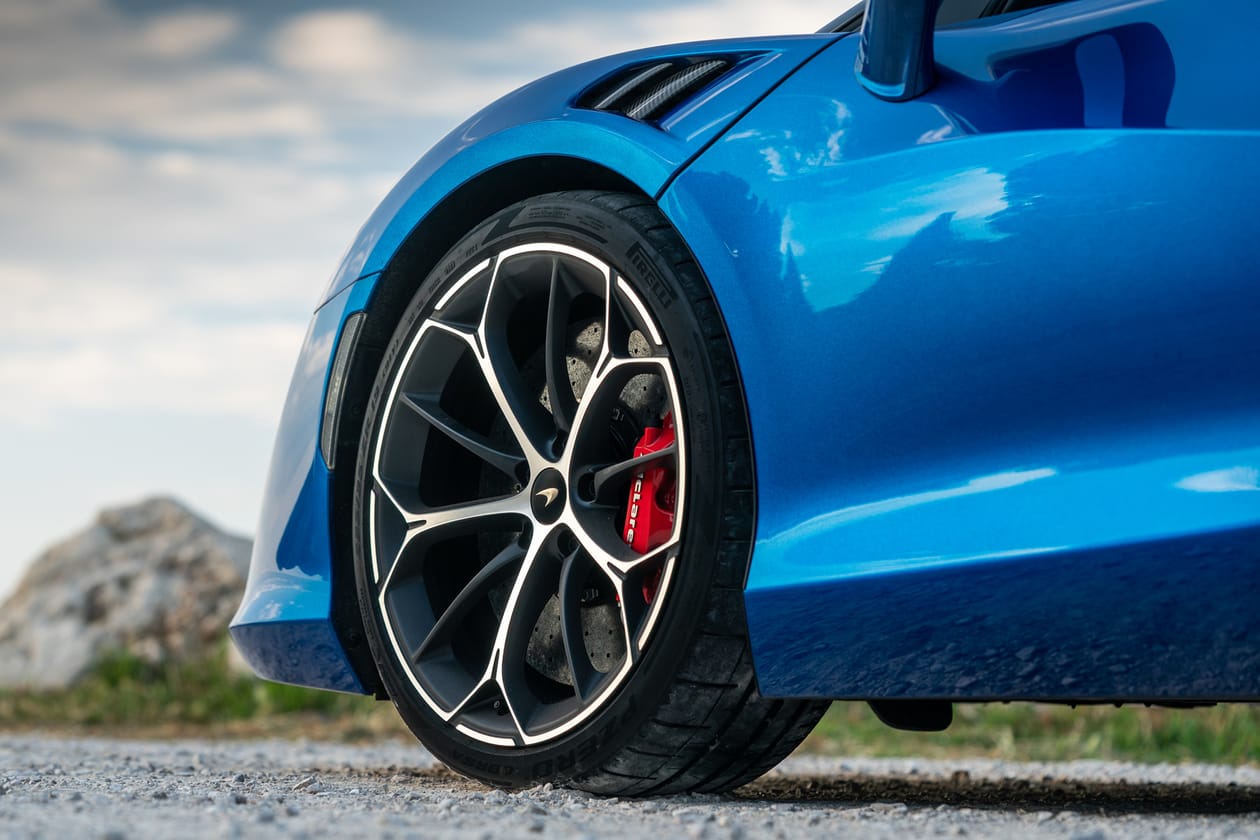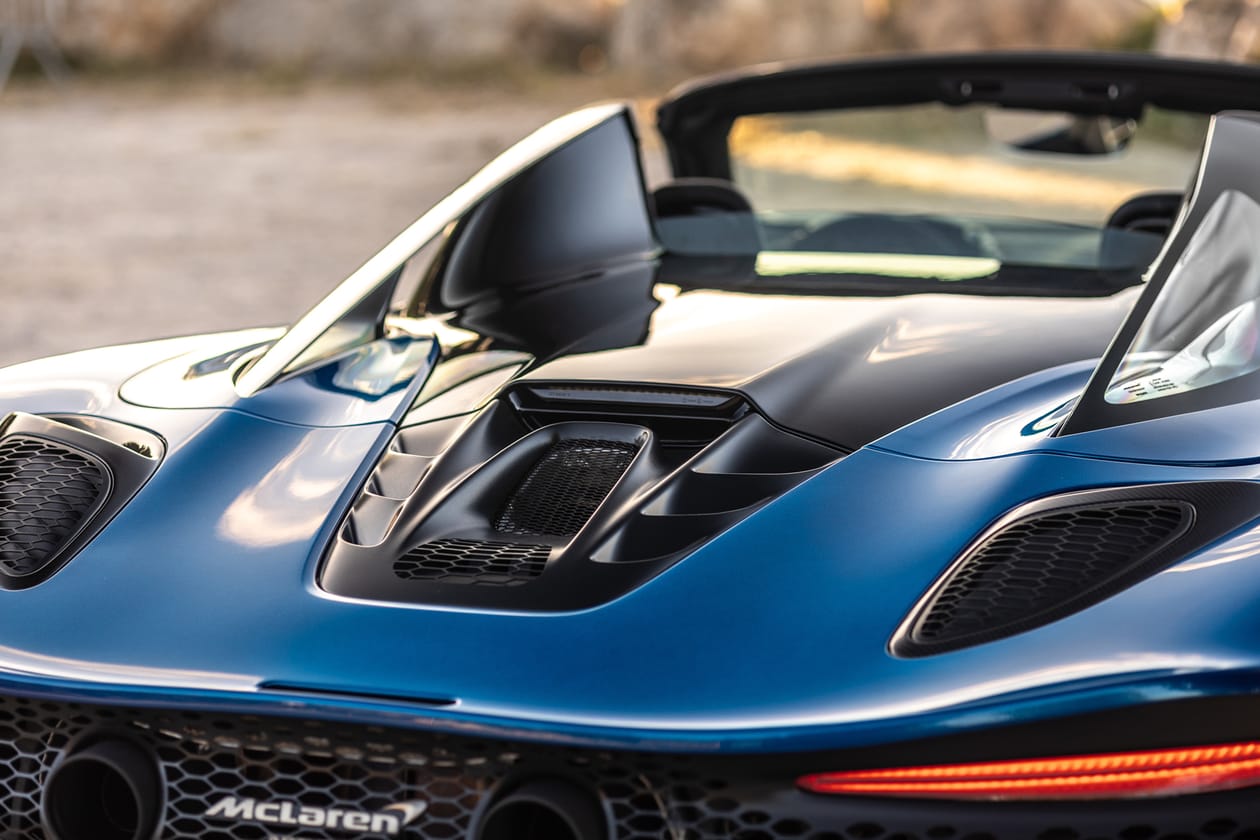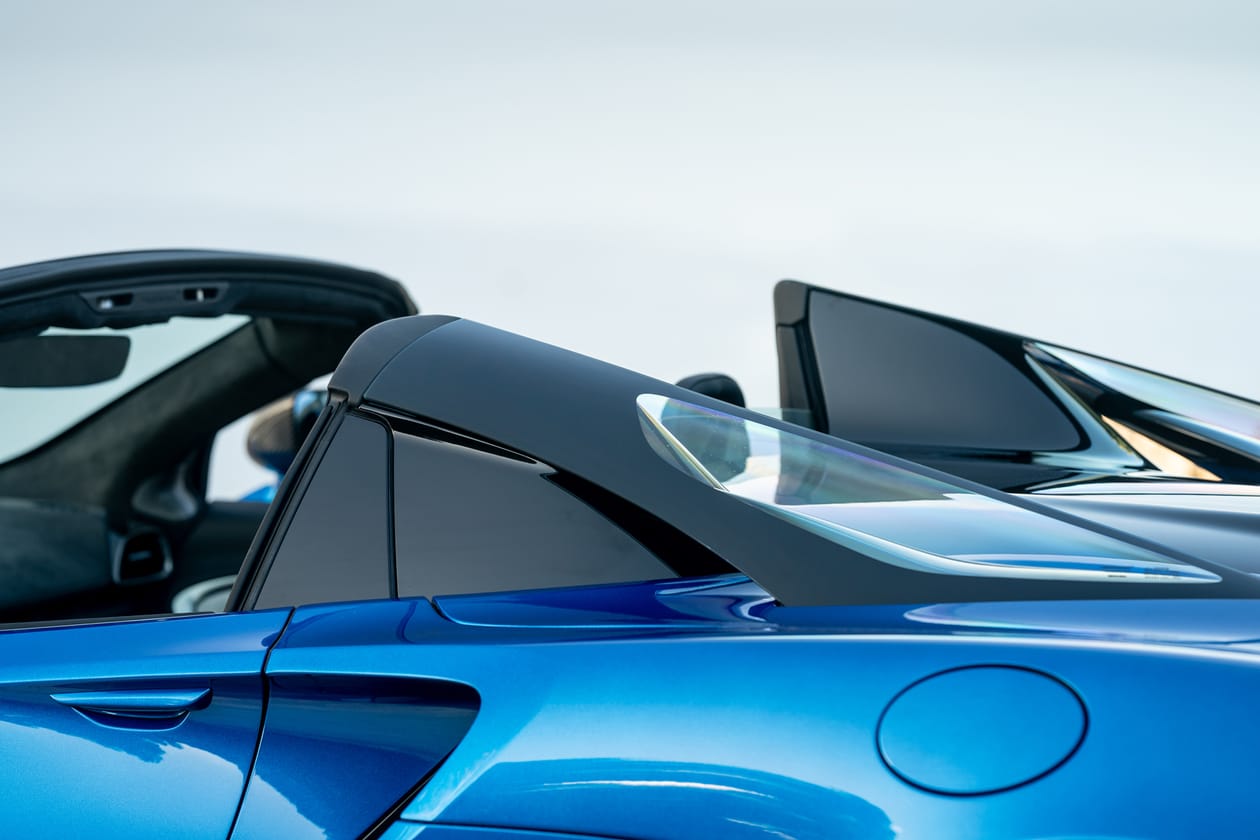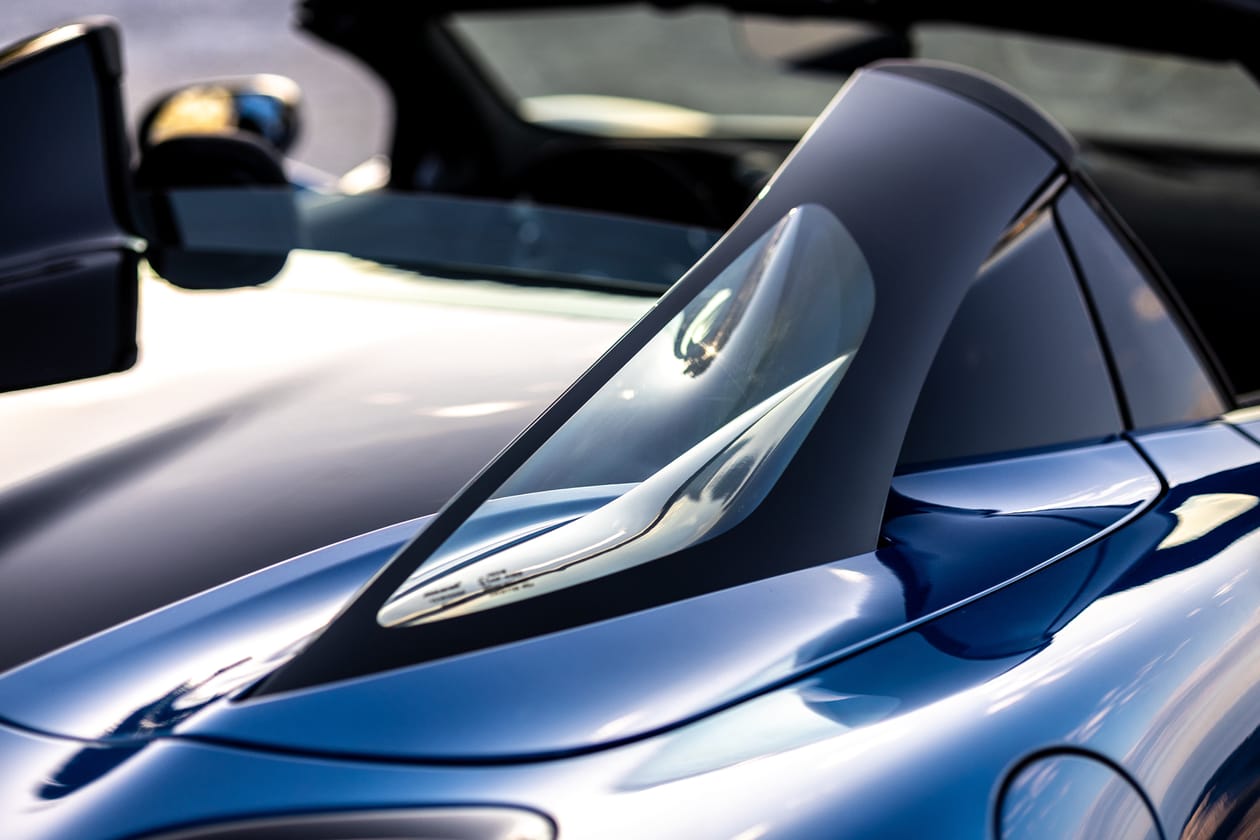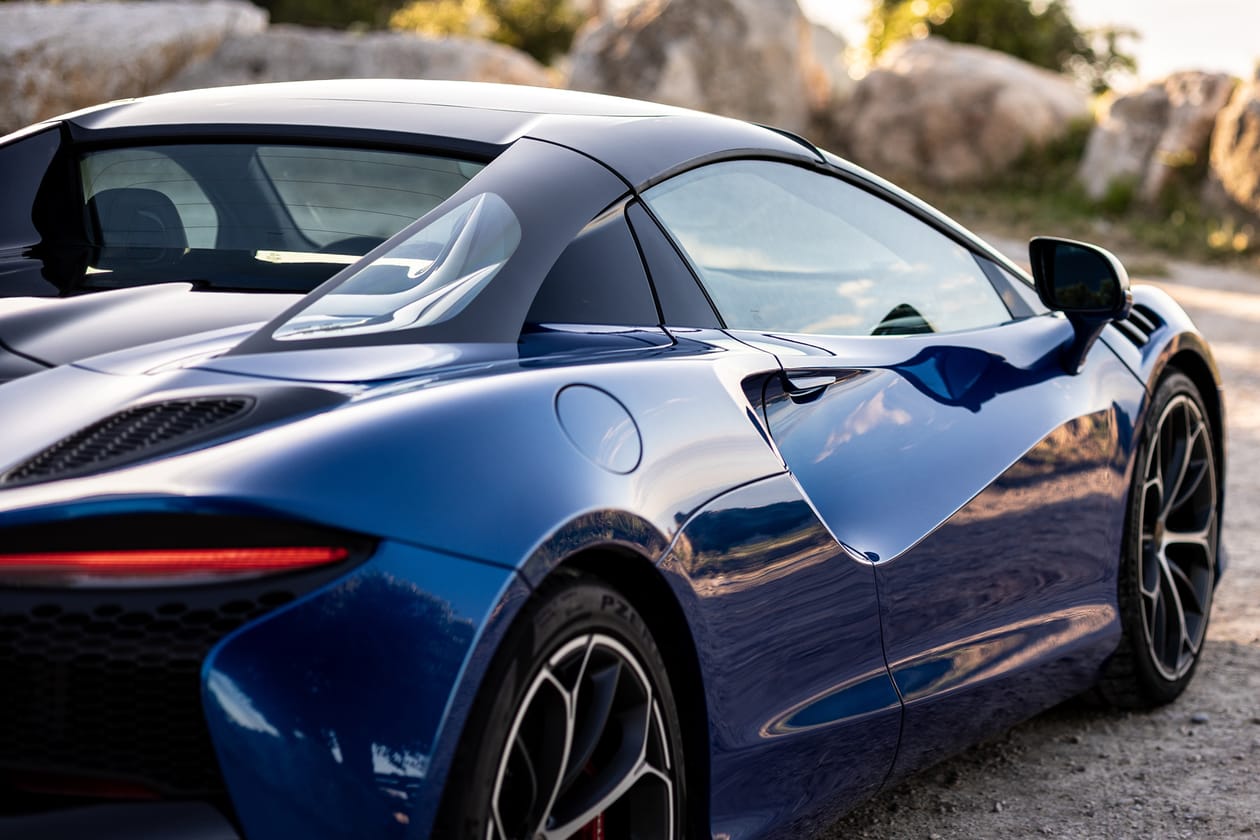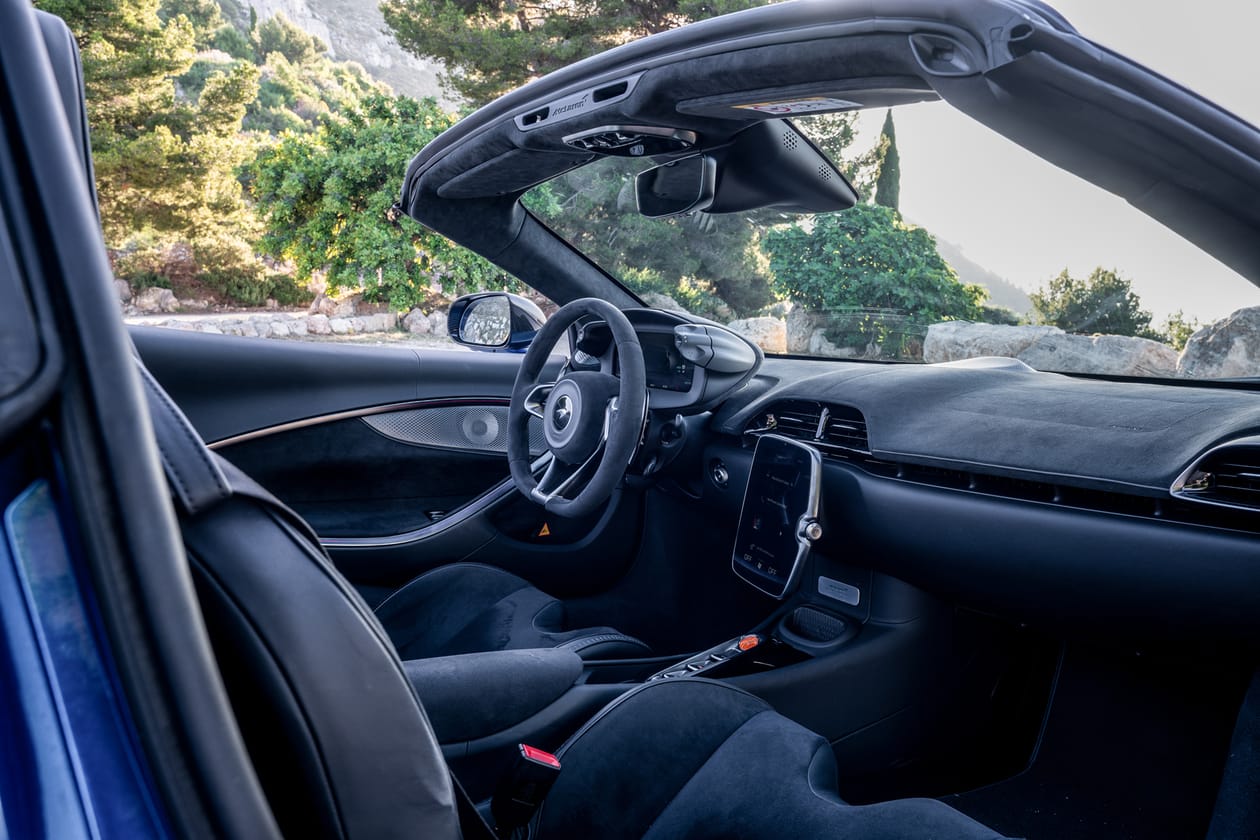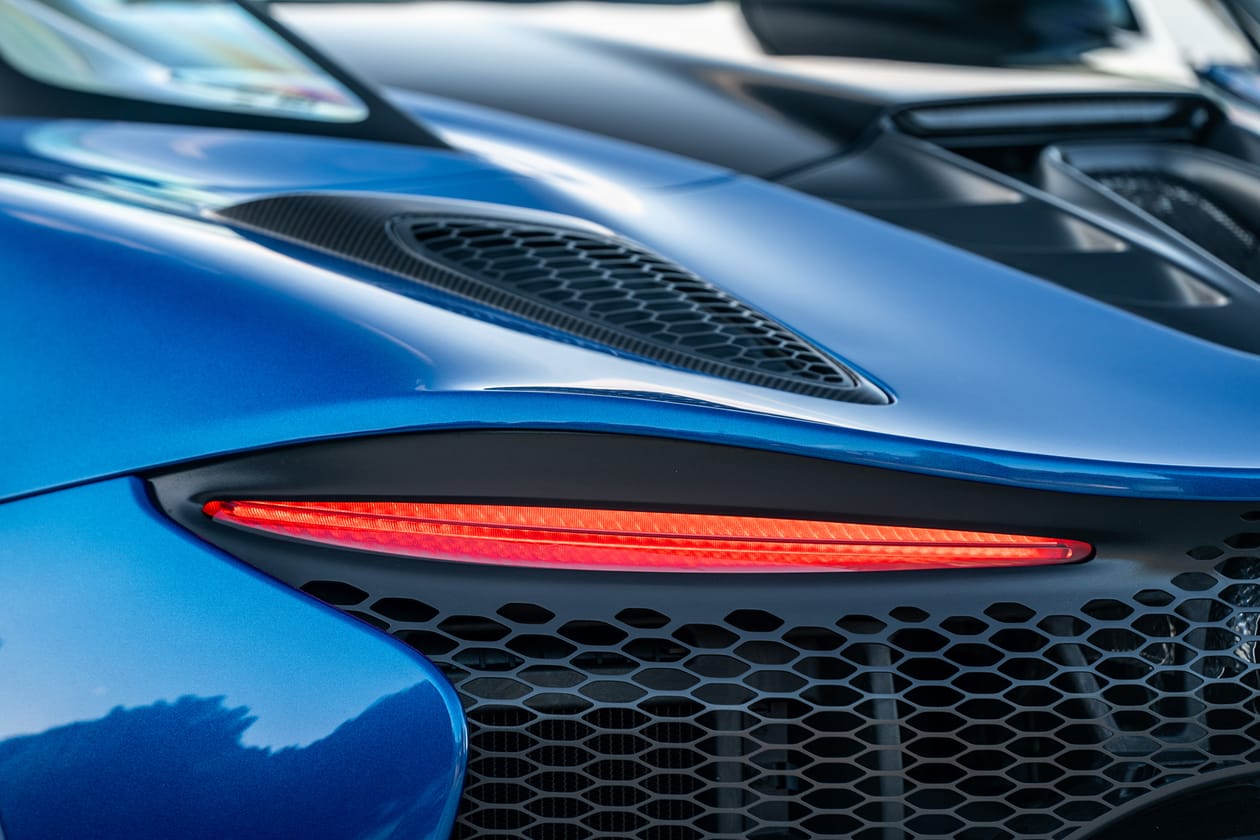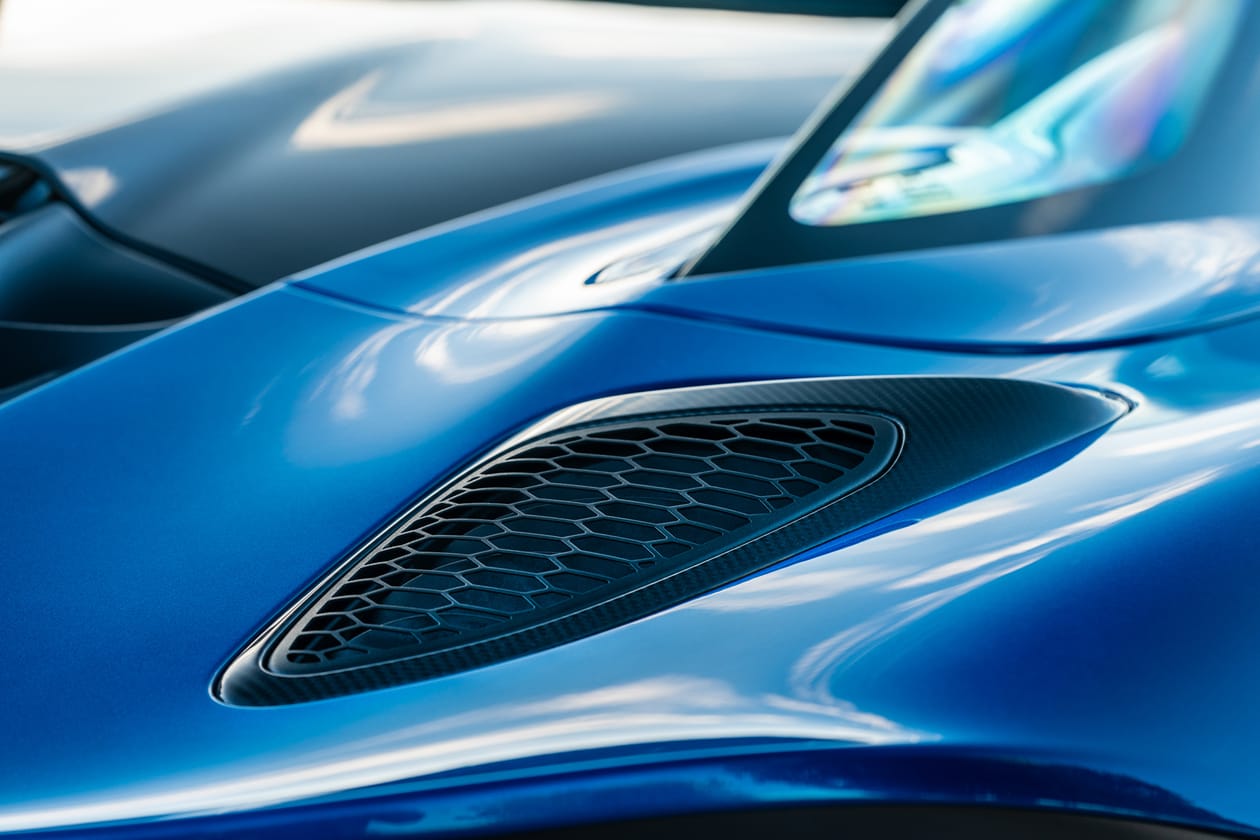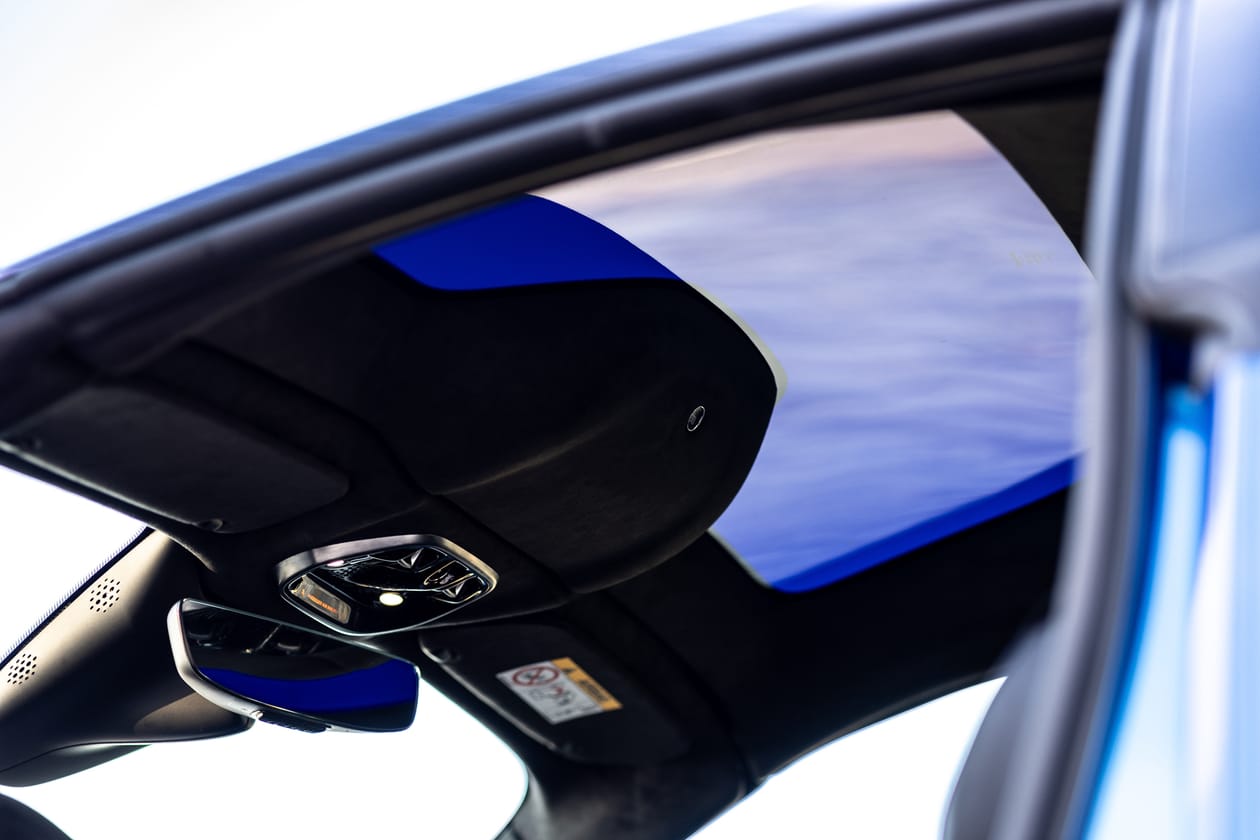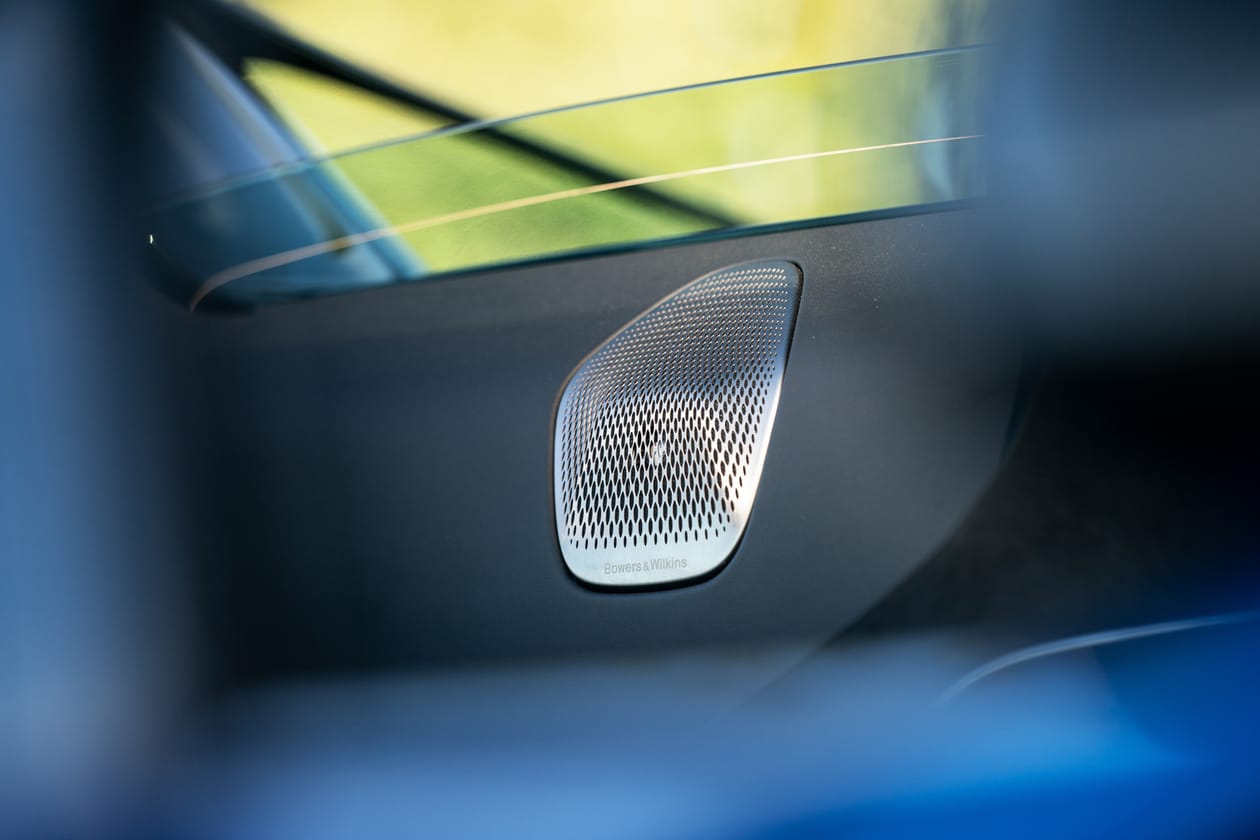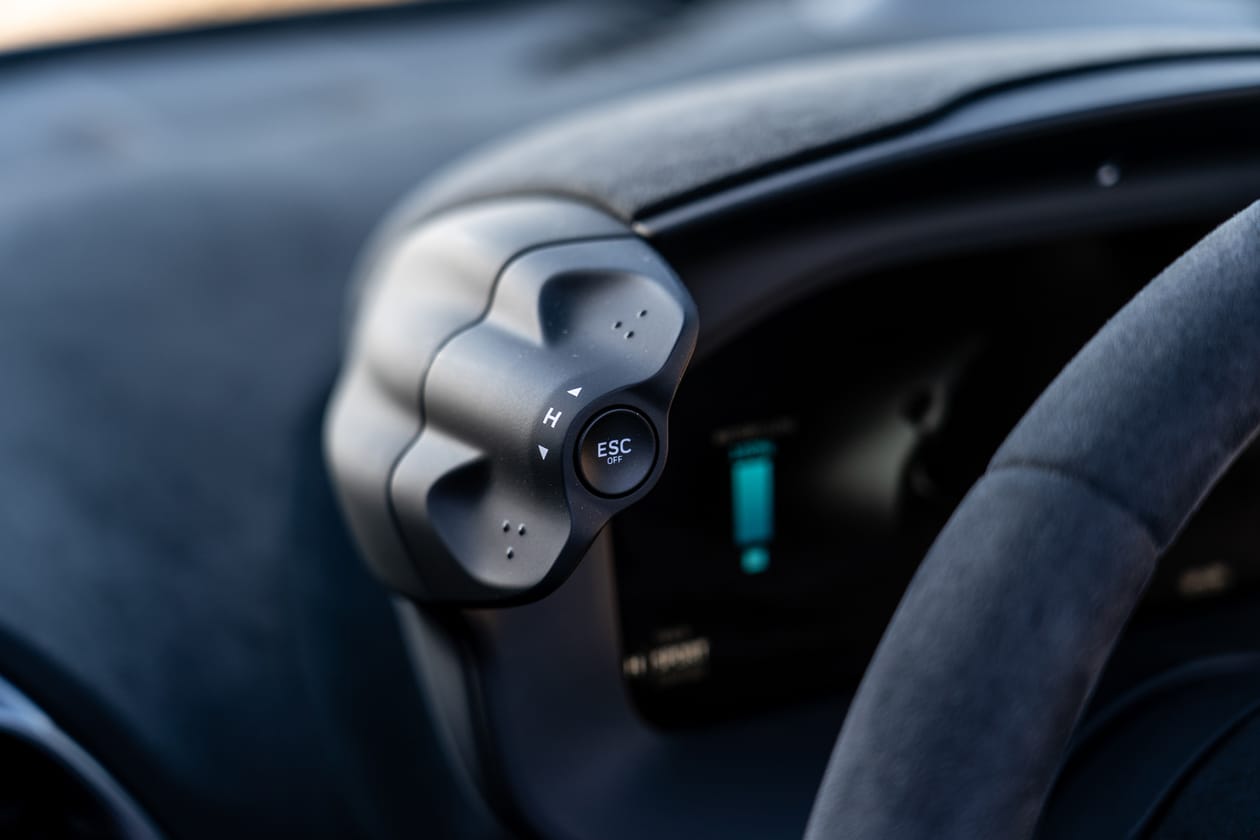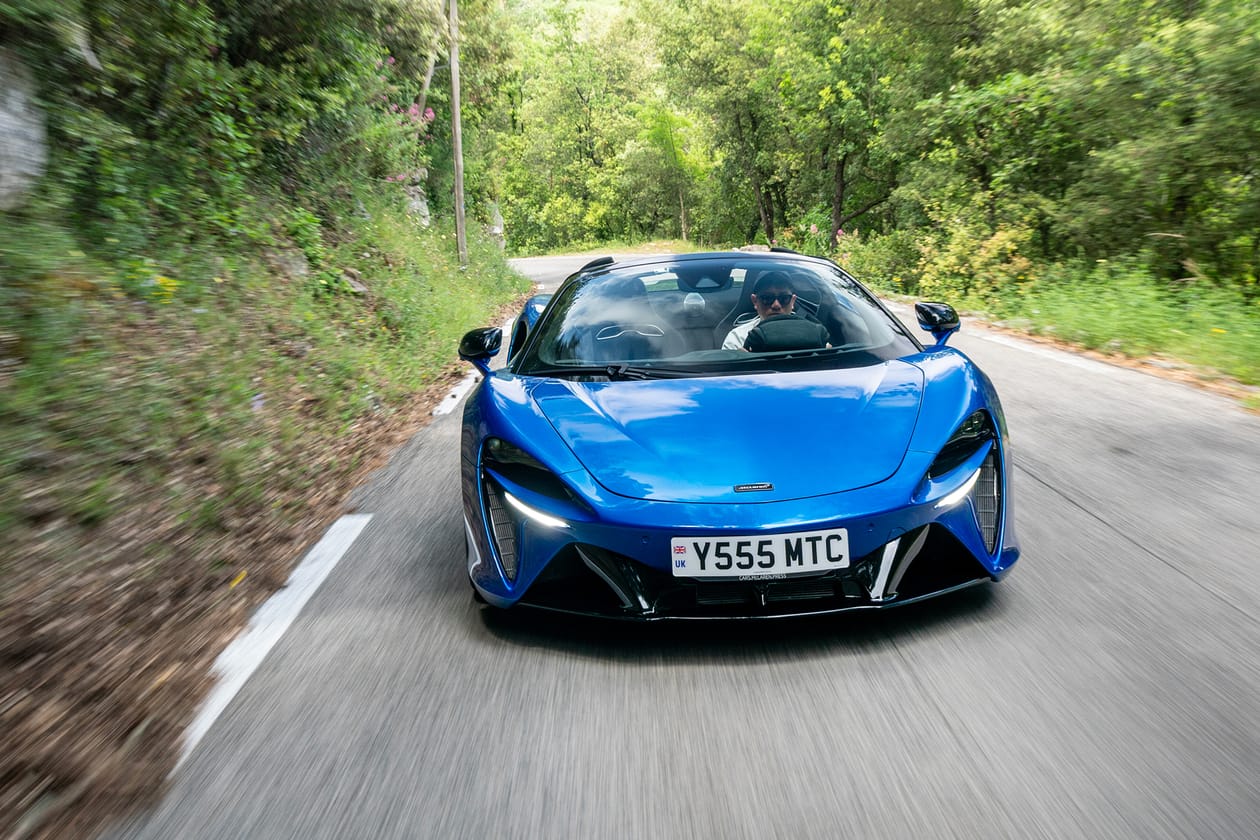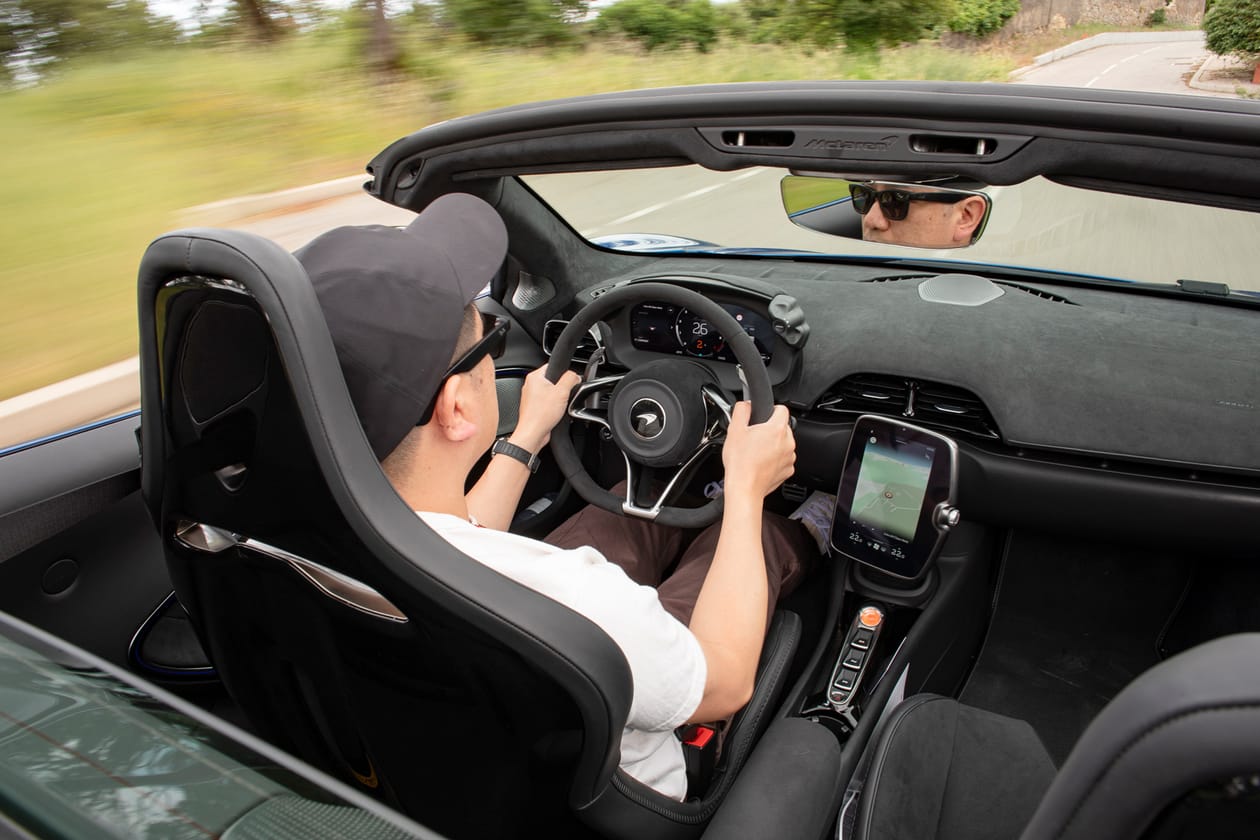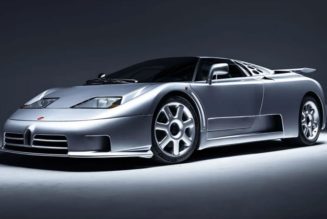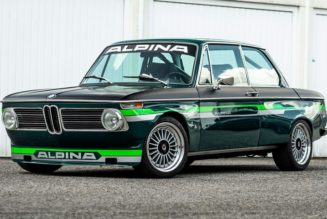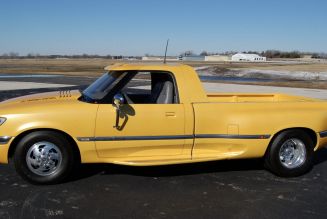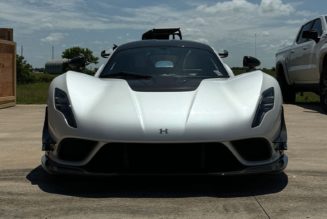You are reading your free article for this month.
Members-only
For true enthusiasts, there’s often a disdain for convertibles, for a multitude of reasons. They spoil what would be a sleek and sexy roofline; they introduce flex due to the chopped top; the mechanism adds “unnecessary weight.” While we were always a bit more open minded, we couldn’t help but agree with these findings and opted for the coupés. And when McLaren announced its Spider version of the hybrid supercar Artura that wouldn’t diminish the driver’s engagement level, we were skeptical.
Nevertheless, we were up to the challenge to see if these statements were just marketing, or if there were truths to them all. After a 16-hour flight to the majestic Principality of Monaco, we were handed the key to our very own McLaren Artura Spider in MSO Volcano Blue and left to ourselves to decide for ourselves – could this be the case to opt for the convertible? Here’s what we learned.
Spider: A New Experience
For us, we love configurability: Sport modes, M buttons, “Individual” drive configurations, etc. Having a configurable roof opens us up to a world of possibilities – quite literally.
Climbing into the Artura Spider, we were presented with a new switch at the roofline, that operates the top up and down with a simple finger flick. The whole process, including lowering and raising the windows, takes 11 seconds, and can be done even while rolling up to 30 mph. The second part of that is important, as we found ourselves playing with this while stuck in traffic as the sun beat down on us. It’s simply unfathomable to think we’d need to pull over to do this, so a rolling capability is a must and thankfully that’s the case.
With the top up, you’re also able to function the (optional) electrochromic glass sunroof, that goes from transparent to 95% UV-blocking opaque in an instant. This was also a very welcome key feature – just because you don’t want the wind in your hair, doesn’t mean you don’t want the sun on your shoulders. Not in the mood for people or nature? Flip the top up, go dark, and roll the windows up. Your choice.
And with the top up or down, you’re still greeted with great visibility thanks to those clear flying buttresses at the rear. Sound-wise, you’re exposed to so much more induction, turbo whistle and exhaust note – the lattermost especially because of the built in “sound symposer” which tunnels engine noise into the cabin naturally, rather than artificially through the speakers like other manufacturers. There’s also a mini window you can lower to let that noise in from outside if the roof is up.
So all in all, there’s many more ways to “configure” how you want to drive your Artura with the Spider roof.
Top Down or Up, It Still Looks Great
As mentioned before, as petrolheads, we tend to prefer the coupe over the convertible largely because of the top down’s spoiling of the sleek car design, and/or the loss of rigidity with the top chopped. With the Artura, both of these simply aren’t the case.
Starting with the latter, McLaren went to great lengths in explaining the Artura’s McLaren Carbon Lightweight Architecture-based carbon tub. The structure essentially “started from the bottom” and for all intents and purposes, the Artura outer shell is placed “atop” of this tub. Because of this, the chassis’s rigidity is maintained, regardless of what you do to the roof. Not to mention the clamshell components are based off of carbon fiber structural pieces, further cementing the ideals of a rigid build.
With the top up too, the silhouette of the Artura doesn’t change much, and keeps its sleek, subjectively sexy lines. Towards the rear, the flying buttresses – while undeniably prettier on their own with the top down – completes a beautifully oval curve from the A-pillars to the rear wheels for a pleasingly proportional hump that makes the side profile simply elegant. The only change to the design is the introduction of two tiny gurney flaps – see: fancy way of saying “mini lips” – at the windshield corners; more on this later.
The Design Is Not an Afterthought
Did McLaren just “chop the top” off of the Artura and call it a day? Not a chance.
During the briefing, it was made apparent that a lot of design considerations were put into place when they made the Spider. For starters, its carbon tub construction meant they had already considered the Spider when the coupe was made, realizing structural rigidity wouldn’t be a problem. But after that, there were some things they had to implement to maintain aerodynamics, cooling, and even styling.
As mentioned before, two gurney flaps were developed into the corner of the windshields, which look like 1-inch “ripples” or what you’d think a piece of clay would look like if you gave it a slight push. It’s barely noticeable to begin with, and most people wouldn’t bat an eyelid at it, but McLaren maintain that these small humps help push air above the ridge of the windshield over the exposed cabin, to prevent buffeting at normal-to-high speeds. While we didn’t do any scientific measurements during our test drive, buffeting wasn’t a huge problem we noticed, so we’ll say they work.
Behind the rear clamshell as well are two new vents, which underneath hide hoses and tubes that serve multiple functions. We had a briefing with an engineer who explained that they are actually doing asymmetrical duties – both help intake cooler air but the righthand vent helps release built-up powertrain heat, while the lefthand recirculates collected air into the folded down roof. When asked why that would be important, he explained that this would essentially lower the accumulated heat of the roof caused by the engine and its “hot-V” turbos that sit underneath. Therefore, when the driver puts the top back up after some “spirited driving,” the roof won’t make the cabin as hot as an oven. Smart.
The Drive Remains Awesome
Thankfully, the most important part remains the same, top down or not – the Artura Spider is still an awesome drive.
McLaren has stated the drivability and engagement levels from the Spider and the coupé are unchanged. In fact, the Spider ushered in a slight performance increase: its 3.0L twin-turbo V6 engine pumps out 596 bhp and 431 lb-ft of torque, a bump of 19 bhp from the gas-powered engine, according to McLaren. The Axial Flux electric motor develops 94 bhp and up to 166 lb-ft, for a new combined total of 690 bhp. McLaren also confirmed this bump of horsepower is available to the Artura coupé as well, as a free update – can you recall a car company handing out free horsepower tunes?
The Artura Spider is also lightweight… for what it is, let’s say. Representatives told us that it’s the “lightest convertible supercar in class by as much as 183 lbs.”, indirectly referencing the Ferrari 296 GTS. Without comparisons, the Spider adds only 136 lbs. over the coupé, so it’s the difference of having a passenger or not between the two models. We’ve driven both and for simplicity’s sake – they are both fantastic at what they’re capable of.
The handling remains sharp as a tack, the suspension remains firm yet compliant, and there was never an instance where we were lacking the sudden acceleration needed, thanks to that electric motor. With the McLaren Artura, we originally said that Sport mode was the mode we were confused with the most, and maybe it was the added 136, but we felt Sport drive and handling this time around was the sweet spot, like it should be. Balance-wise, “planted” was all we kept thinking to ourselves, at all speeds, in all conditions. And best of all, we never noticed the “hybrid” of it all.
In our opinion, we’ve reached that point where hybrid assist is indiscernible from the turbos and the superchargers, and even the massive V10s and ’12s. For McLaren to engineer and design an Artura to this level of performance, balance, capability and driver engagement is a feat in itself, but now with the roof off and barely a dent in its figures is a serious no brainer for anyone able to cut the $273,800 USD check.

